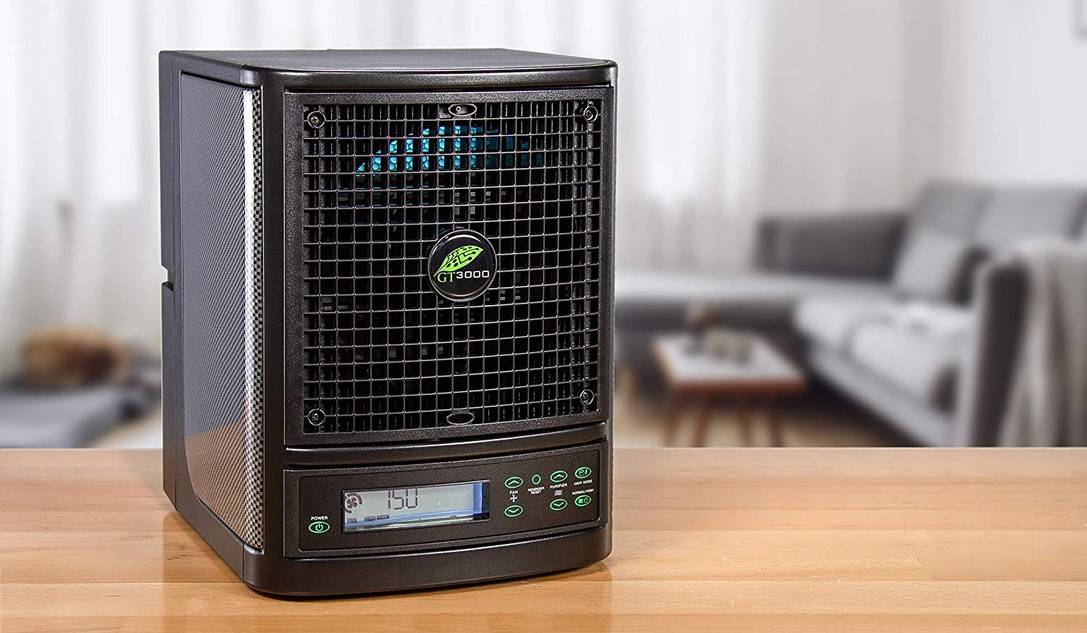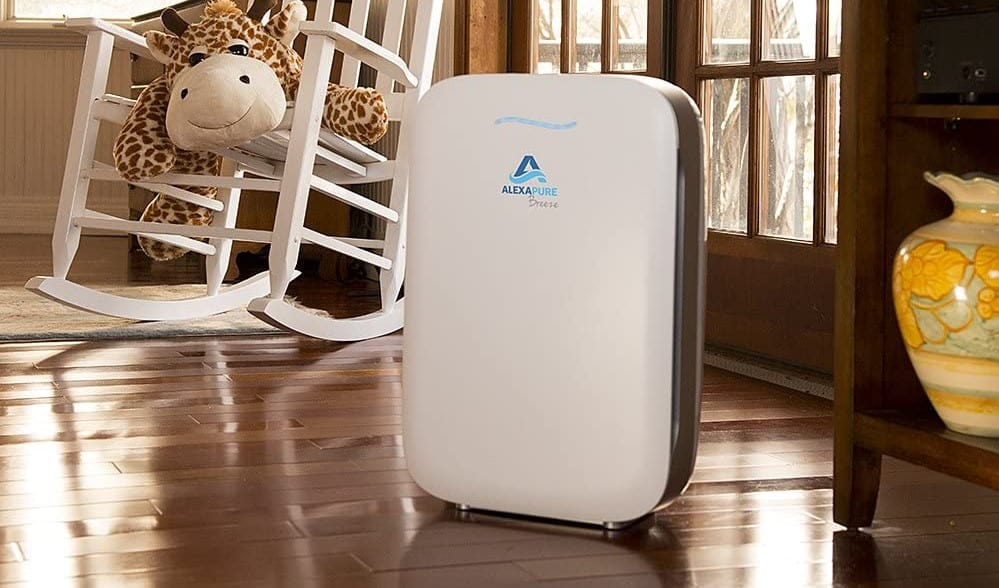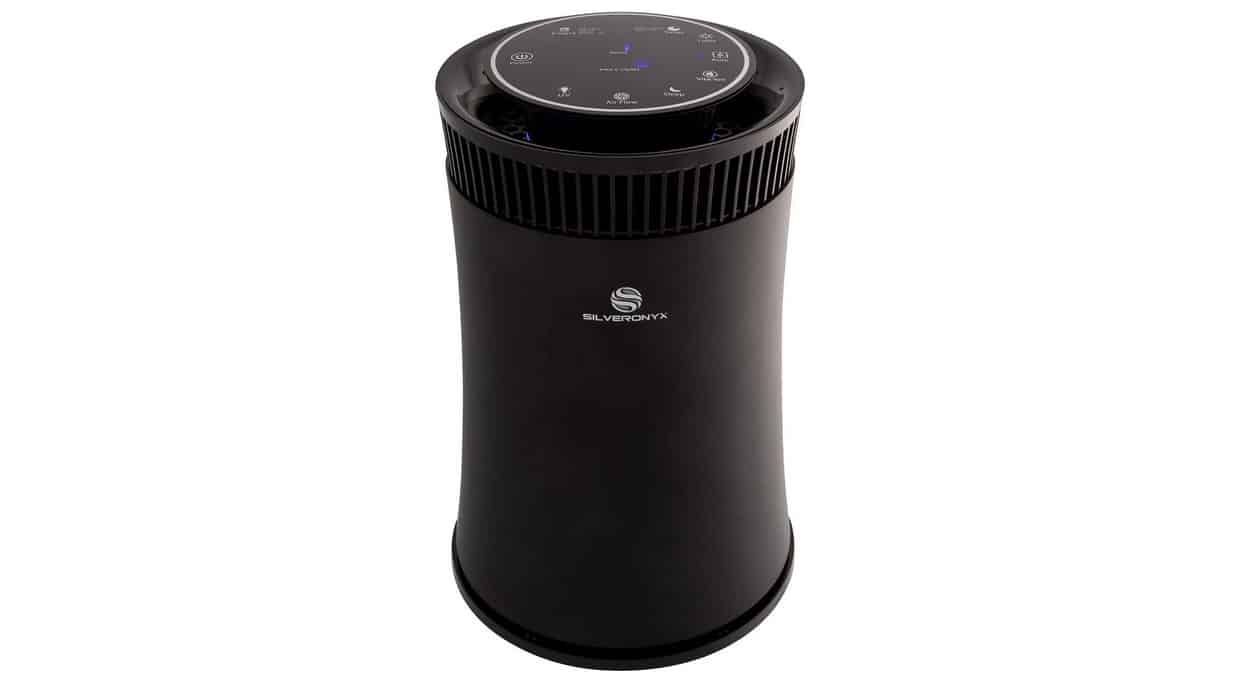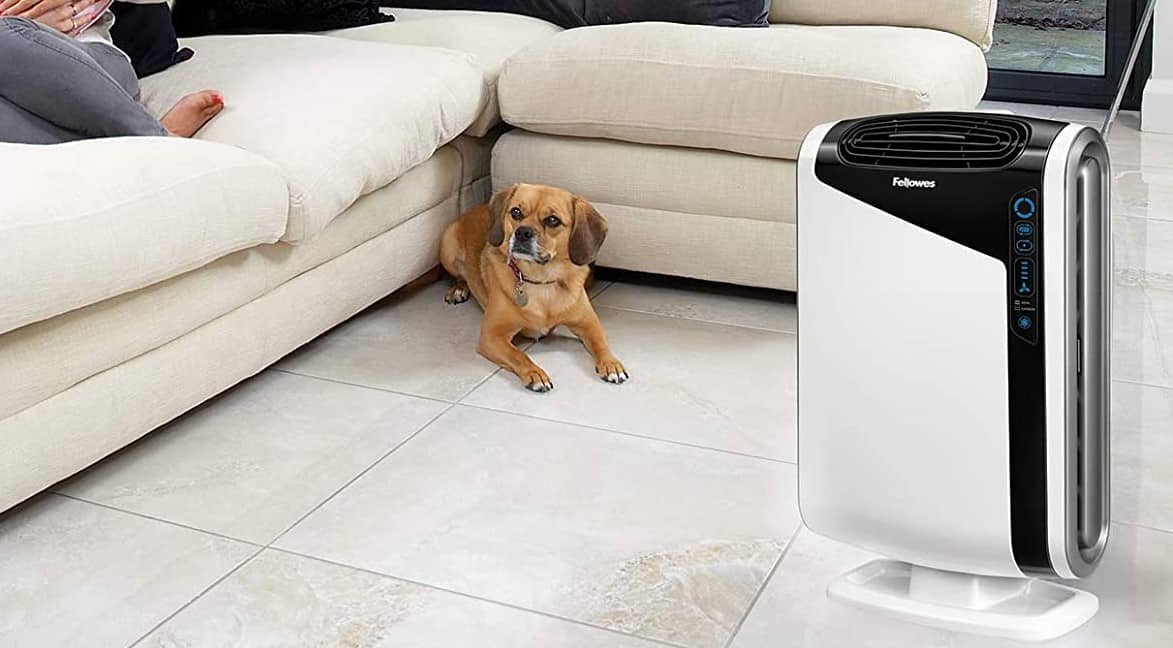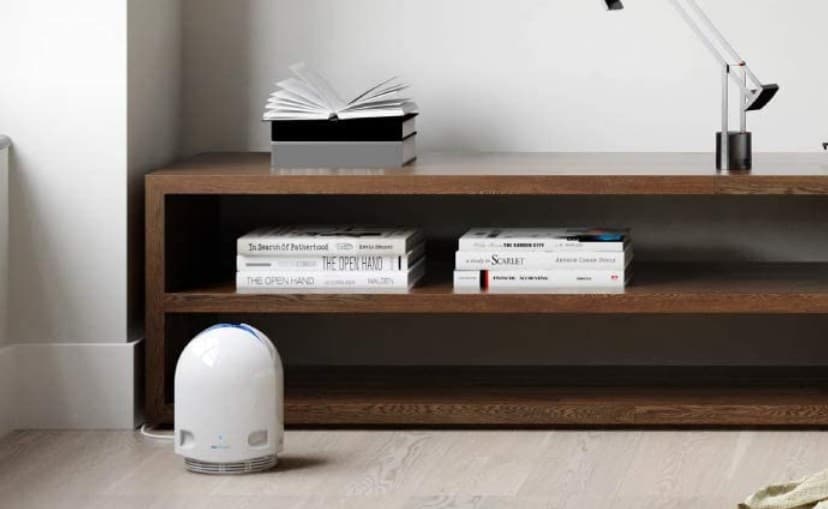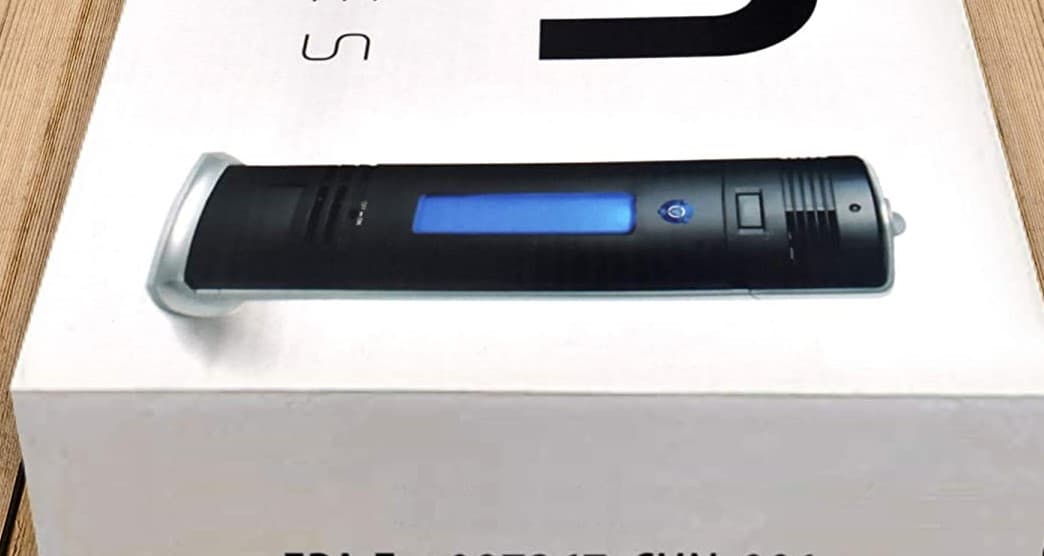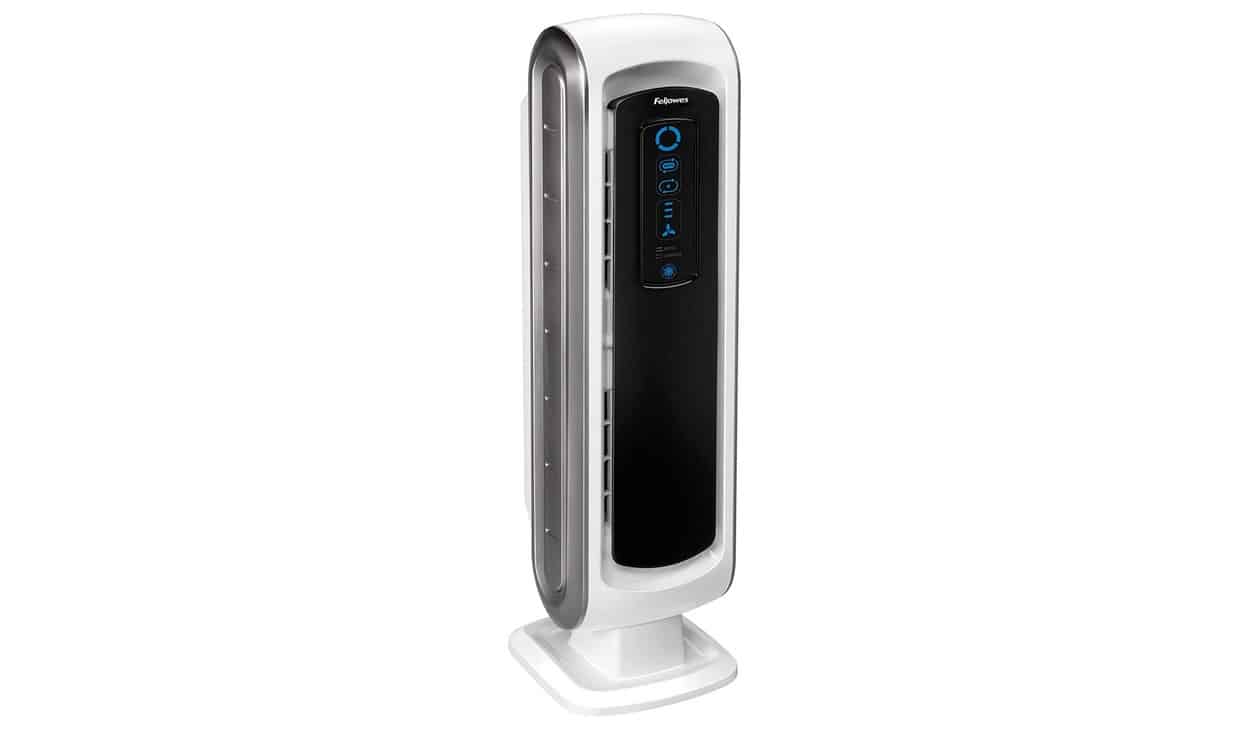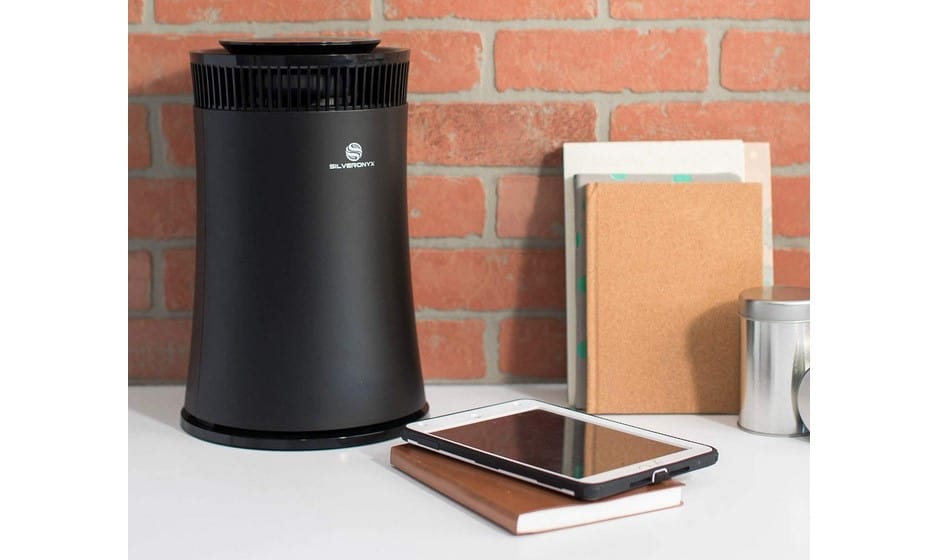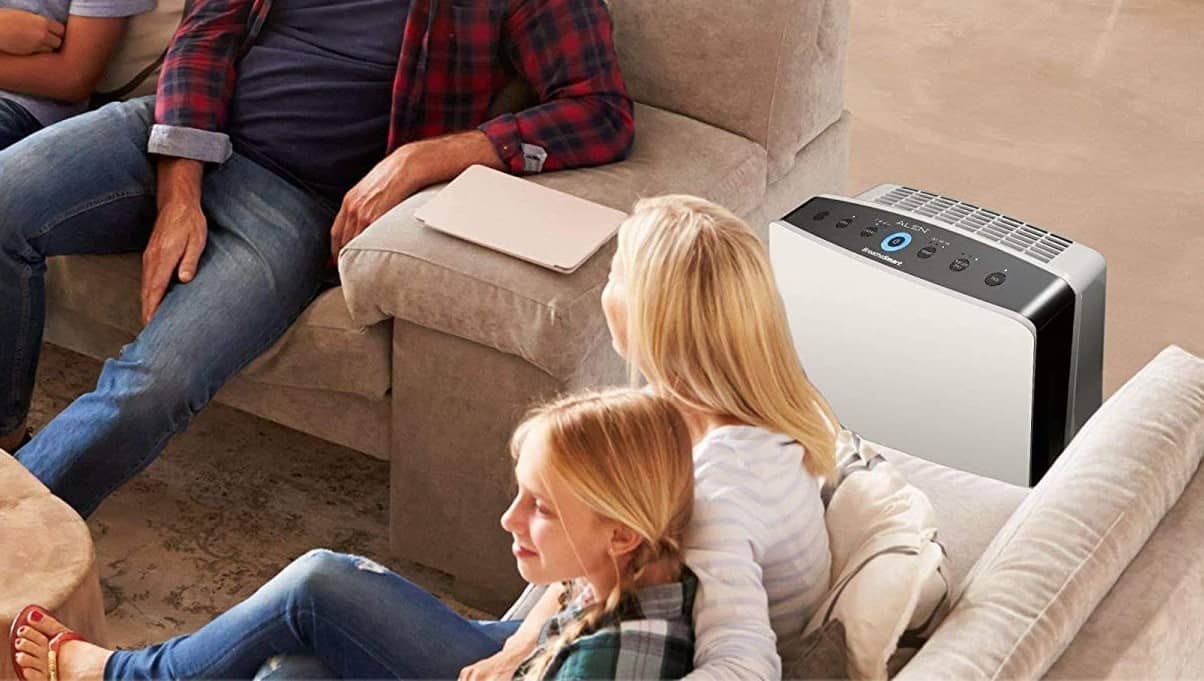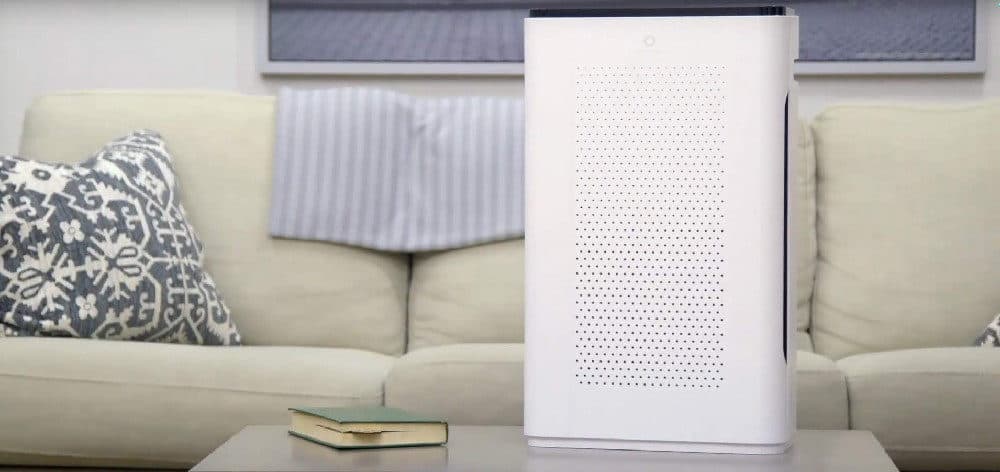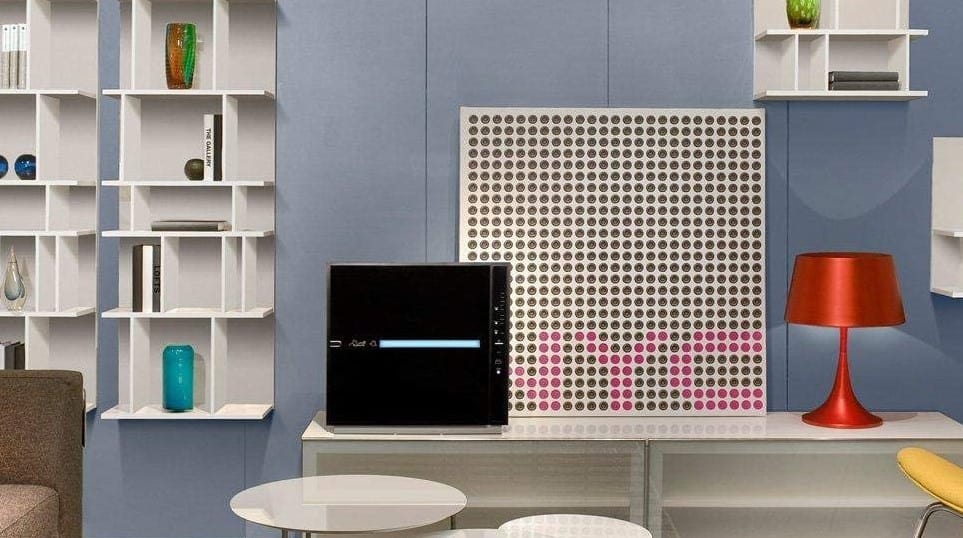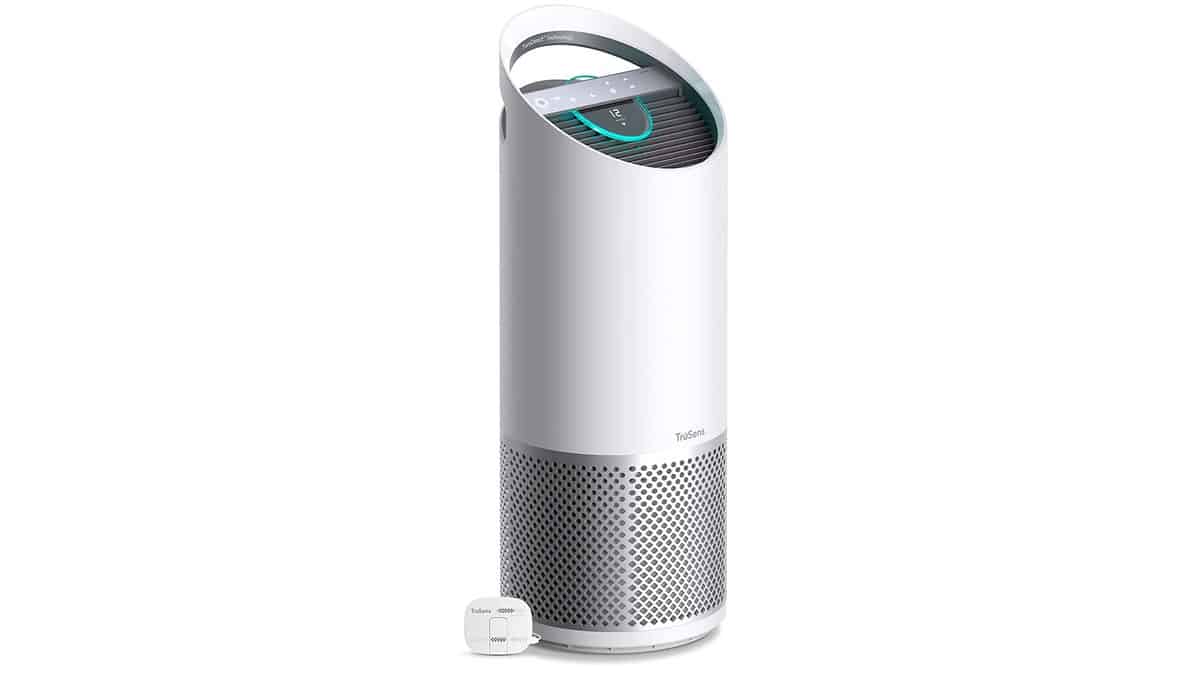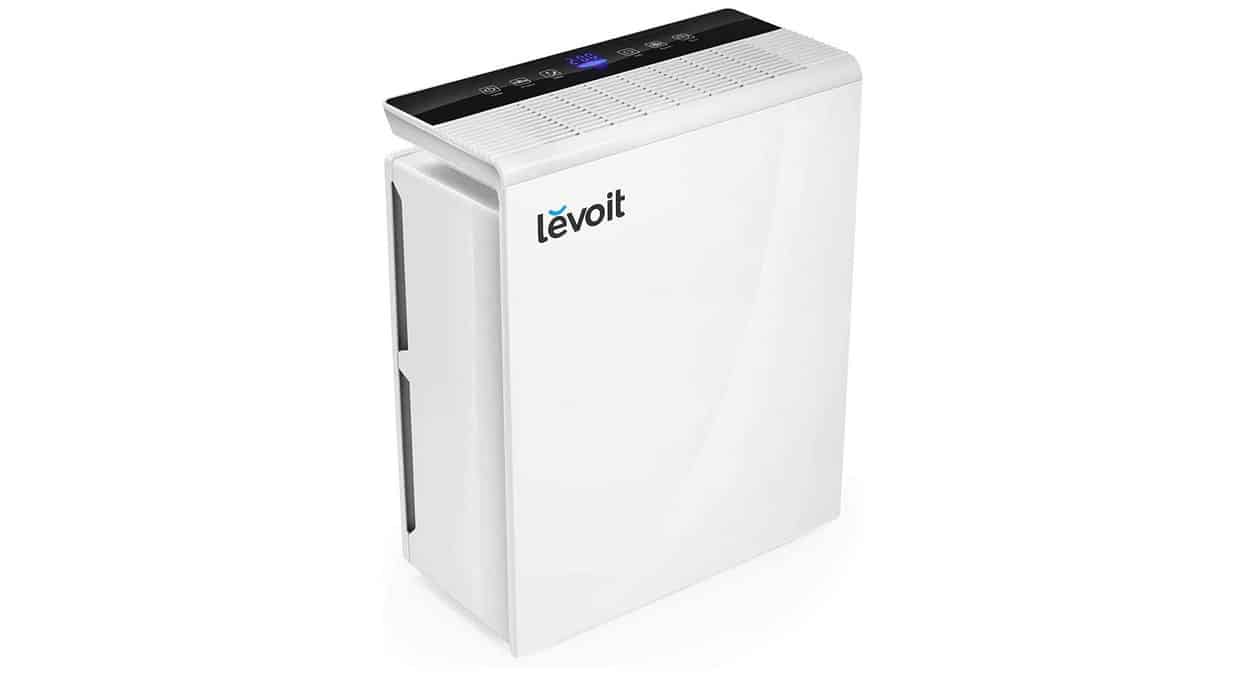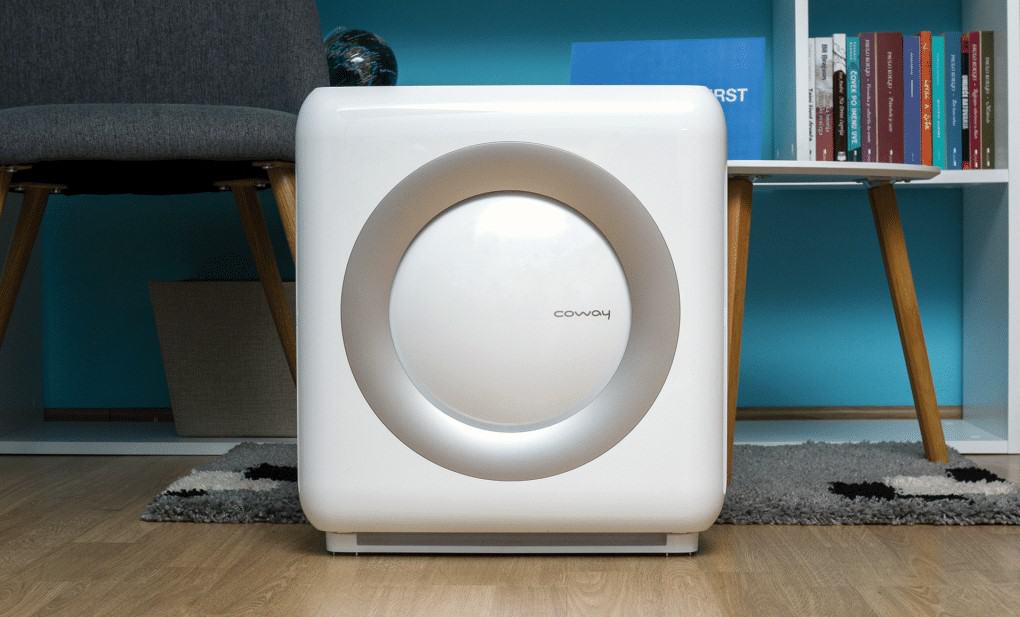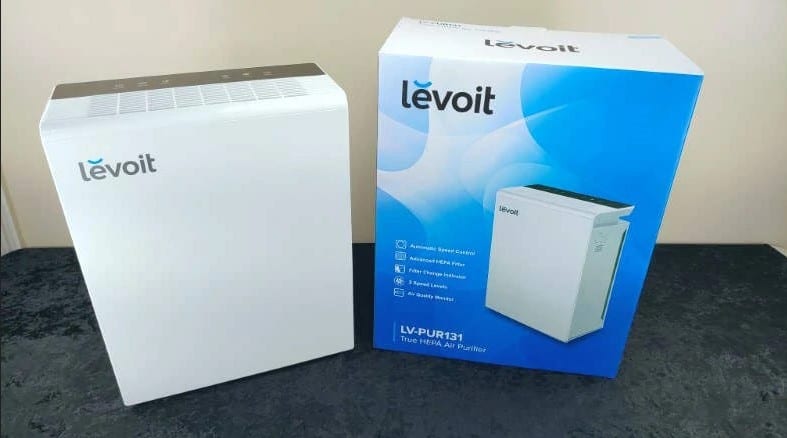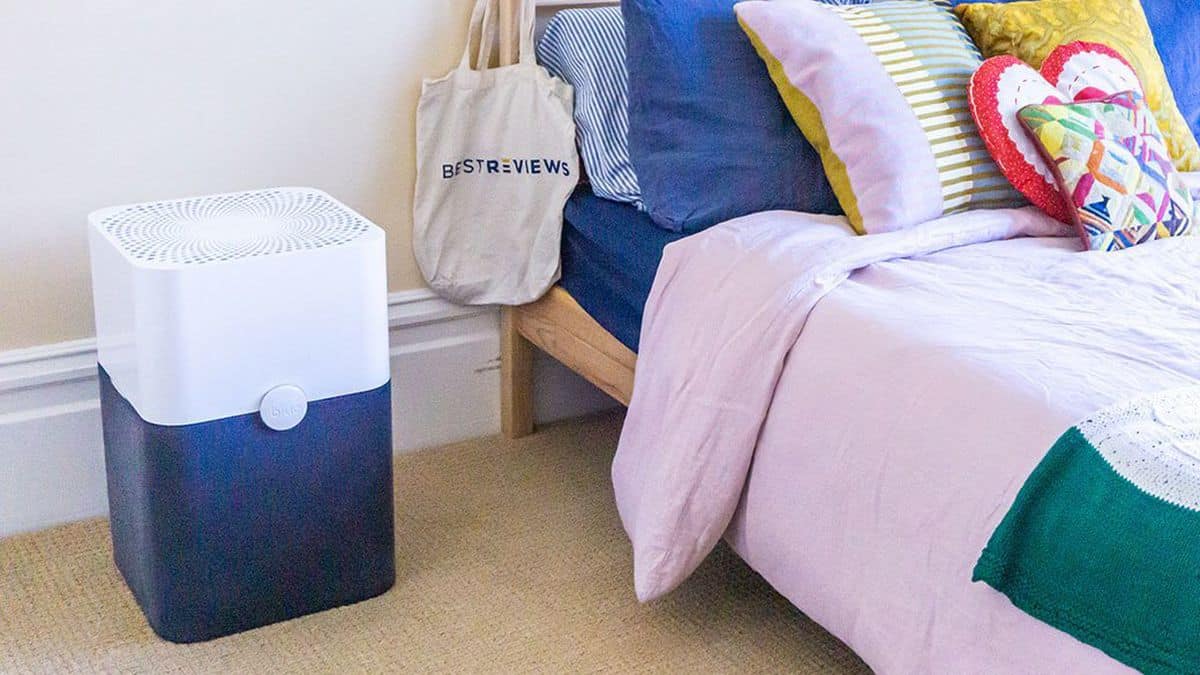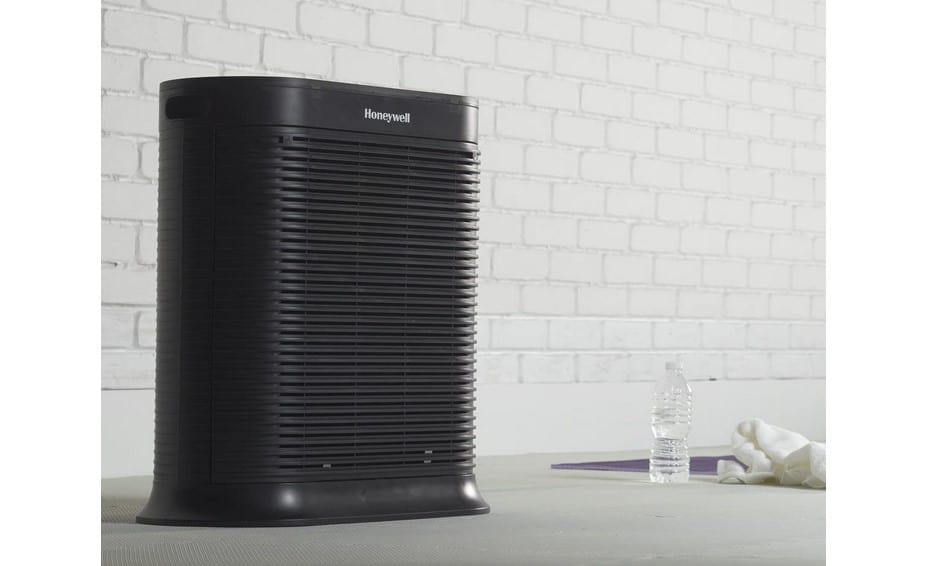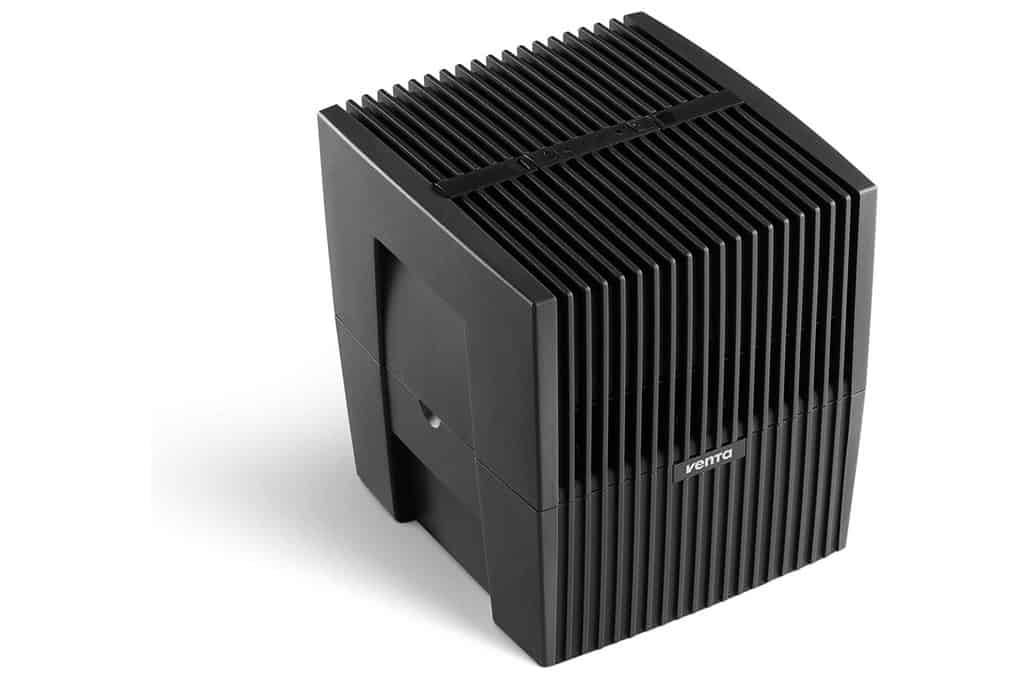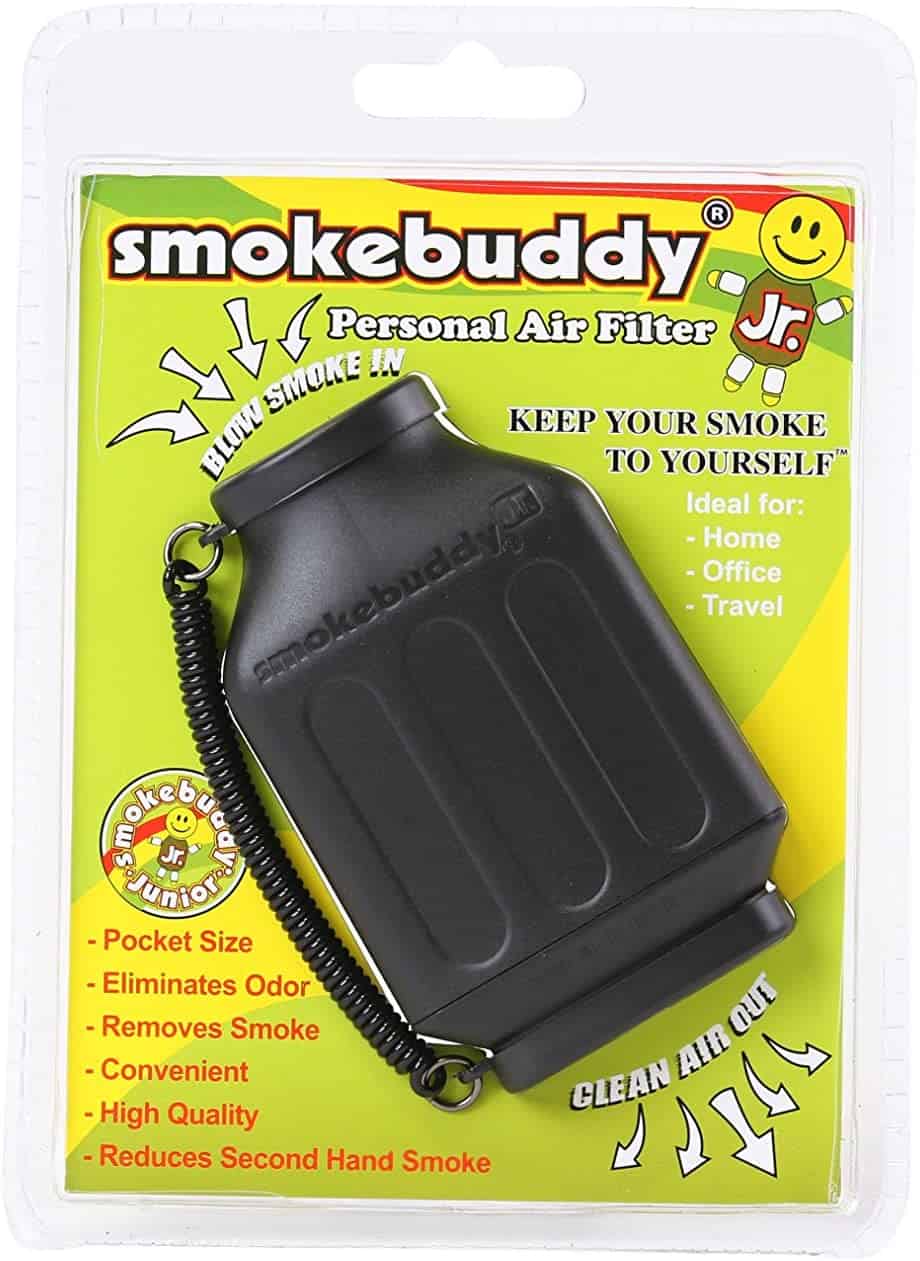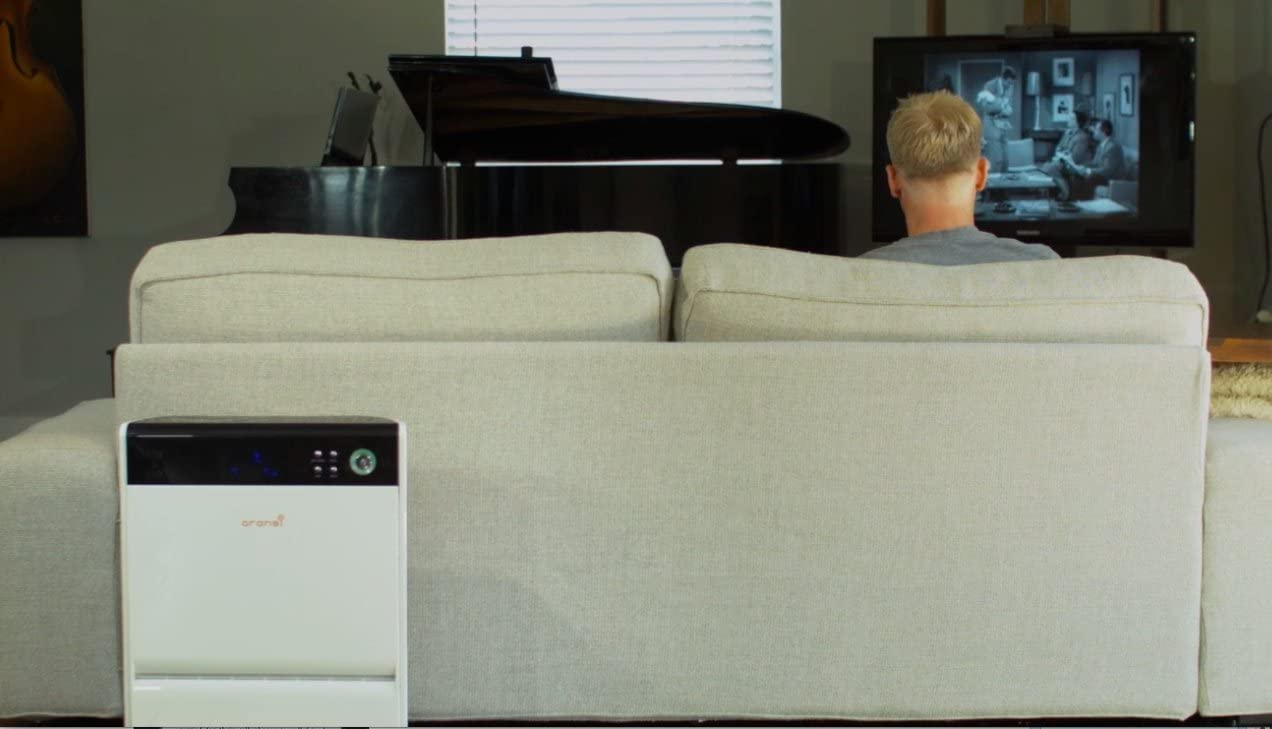Air filters or air purifiers are a part of many modern ventilation systems and as single-room units and are essential for the efficient circulation of air in a building or home and more importantly, for keeping the air quality at maximal levels and making sure a minimum of pollutants, allergens, irritants, and other potentially harmful microparticles out of the air. Others include air purifiers that work with central air units to filter the entire home. Below, we’ll discuss how air filters work at home.
KEY TAKEAWAYS:
- HEPA filters are considered by industry and government professionals to be the most effective at filtering dust, dander, and other particulates
- UV Light filters are specially designed to eliminate bacteria, molds, fungus, and other living pollutants from the air
- Purifiers with activated carbon filters are the best at handling odors
What do air filters do in your home?
STAT: The EPA has found that the indoor air that most people spend as much as 90% of their day can be more polluted than heavy city smog. (source)
Air filters comprise part of or the entire functionality of most home air purifiers (some are just referred to as air filters but most are marketed as air purifiers) on the consumer market. What particles, fumes, pollutants, bacteria, allergens, or other unwanted airborne substances they are designed to remove from the air and how they manage this can vary a great deal, and there are some air purifiers that have multiple air filter functions. Others can be installed as whole-house air purifiers. They all, however, are designed to work either as standalone models or in conjunction with a home’s ventilation system to provide cleaner air, as is defined by the manufacturers.
Kinds of Air Filters
There are several different common kinds of air filters available, some of which perform the same job with different technology, and some of which are designed to handle multiple different kinds of air filtering.
- HEPA filters– High-efficiency particulate air filters made of fiberglass and varying amounts of activated carbon material and are considered among the most effective at filtering out microparticles that can affect people with respiratory conditions, making them great for commercial air purifiers as well. They are effective at trapping up to 99.97% of particles including molds, spores, pet dander, and dust, and the US Department Of Energy, which recommends HEPA filters amongst all other kinds, recommends they be changed every six to twelve months.
- UV Light Filters – These filters use ultraviolet light to destroy bacteria, fungus, molds, and other living pollutants on a molecular level, borrowing technology from medical facilities. While they can be effective at that task, UV light filters can’t tackle airborne dust, dander, and other such materials.
- Electrostatic filters- These filters use an electrostatic charge to capture dust and other airborne particles via magnetism. They vary in effectiveness but one advantage is that many of them are washable, making them slightly more economical than some.
- Fiberglass Air Filters- Non-HEPA fiberglass air filters are made to be disposable and thus low-maintenance. Fiberglass air filters are the most economic of filter types but often aren’t effective enough at trapping dust and other irritants to be a good choice for people with respiratory illness, and are usually more effective at protecting air conditioners than filtering the air.
- Washable Filters- Washable filters are designed to be both economically and ecologically sound while still being effective at trapping dust, dander, and other airborne irritants and pollutants. They can vary in the material they’re constructed with but are meant to be a permanent solution as they do not require replacing if properly cared for. The disadvantage is that they must be cleaned thoroughly and completely dried regularly, making them higher maintenance than most filter types.
- Activated Carbon Filter- These filters are often used in conjunction with another filter type because they’re effective at eliminating or neutralizing gasses, fumes, and smoke, making them good at fighting odors, including from smokers, though not effective at capturing dust and other particles. They are a common addition to a HEPA filter purifier.
STAT: The industry standard for HEPA air filters is that they remove at least 99.97% of particulates (microparticles) measuring 0.3 microns in diameter or larger. (source)
In addition to identifying the various filter types, we also highly recommend keeping an eye out for these metrics that will tell you whether your air purifier is working.
F.A.Q.
If my air filters are clean when I change or replace them, does it mean they’re not doing anything?
No, a clean-looking air filter even after a period of use after which filter changes are recommended doesn’t mean the filter isn’t working or is ineffective. Not all particles and pollutants will necessarily dirty your filter, even after extended use.
Can air filters assist people with respiratory/breathing issues to find relief?
While it hasn’t been conclusively proven, it’s possible that air filters can help those with breathing issues like asthma or COPD to some degree, though some experts say that many of the larger allergens and other elements that can induce symptoms of chronic respiratory issues are not airborne and thus can’t be filtered out with purifiers or air filters.
STAT: In the EU, HEPA filters must remove at least 99.95% of particles, as opposed to 99.97% in the US (source)
Can air filters release dangerous amounts of ozone into the air?
Though users in the past have sometimes complained about ionic air purifiers releasing a concerning ozone smell, they’ve never been shown to be at harmful levels. Generally speaking, other kinds of air filters and purifiers release no ozone.
Do air filters work?
It depends on what you’re looking for them to do. Most air filters and purifiers work exactly as advertised and do filter out or trap the microparticles, fumes, gasses, or irritants they’re designed to, but they’re not necessarily medically beneficial, depending on your specific medical needs.
REFERENCES:
- https://www.youtube.com/watch?v=WhiTlkZlwl4&ab_channel=RiskBites
- https://www.generalfilters.com/support/faqs/hepa-v2.html
- https://www.thisoldhouse.com/green-home/21014891/whole-house-air-purifierr
- https://smartairfilters.com/en/blog/what-is-hepa-filter-how-hepa-air-filter-work/
- https://homeclimates.com/blog/air-filter-types

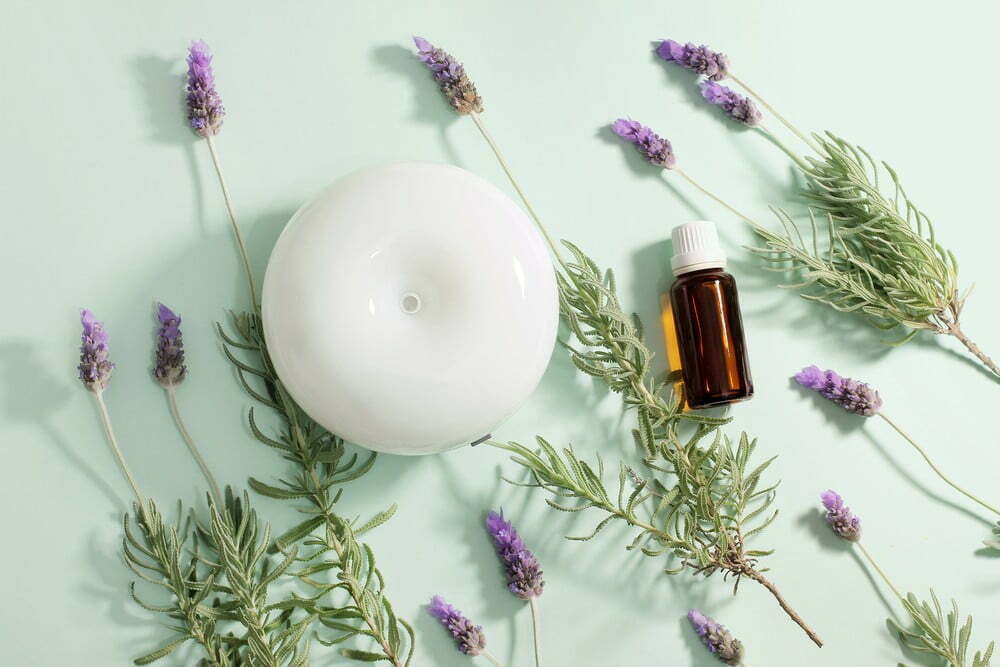













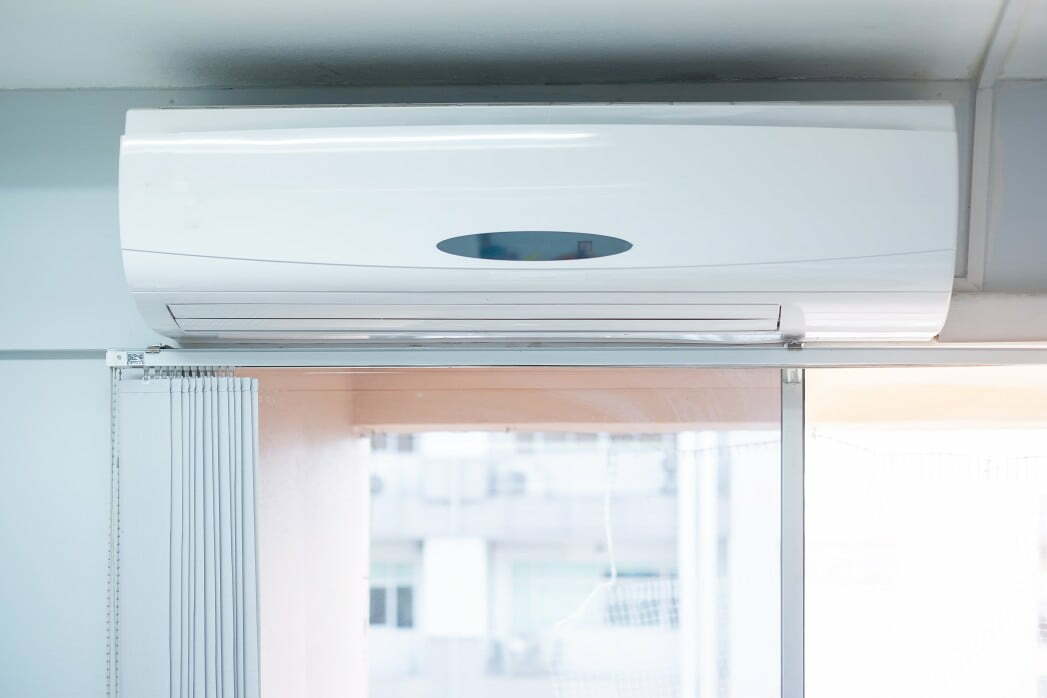

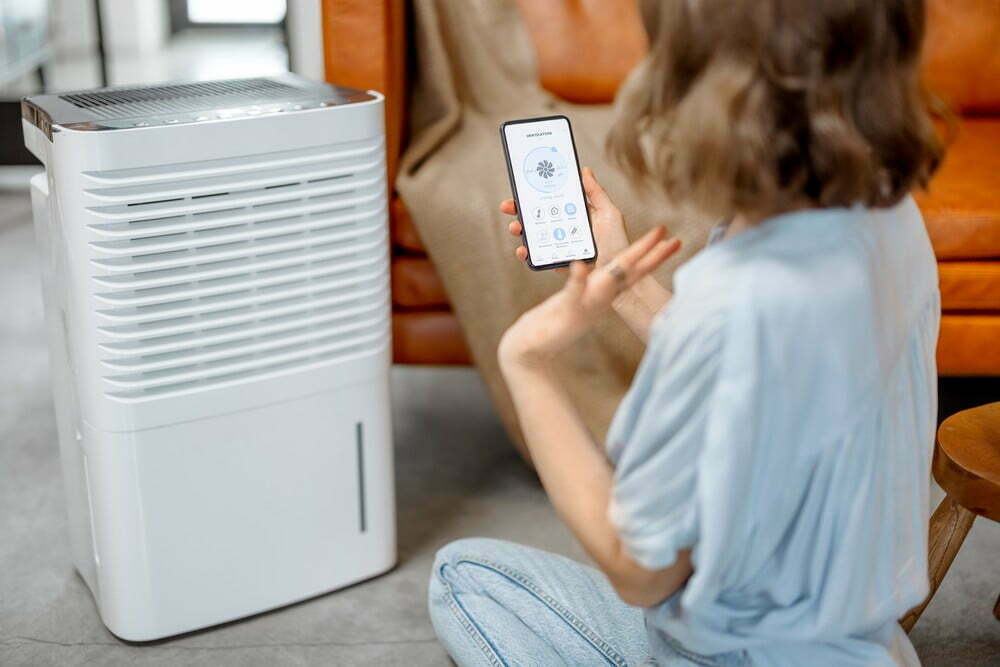
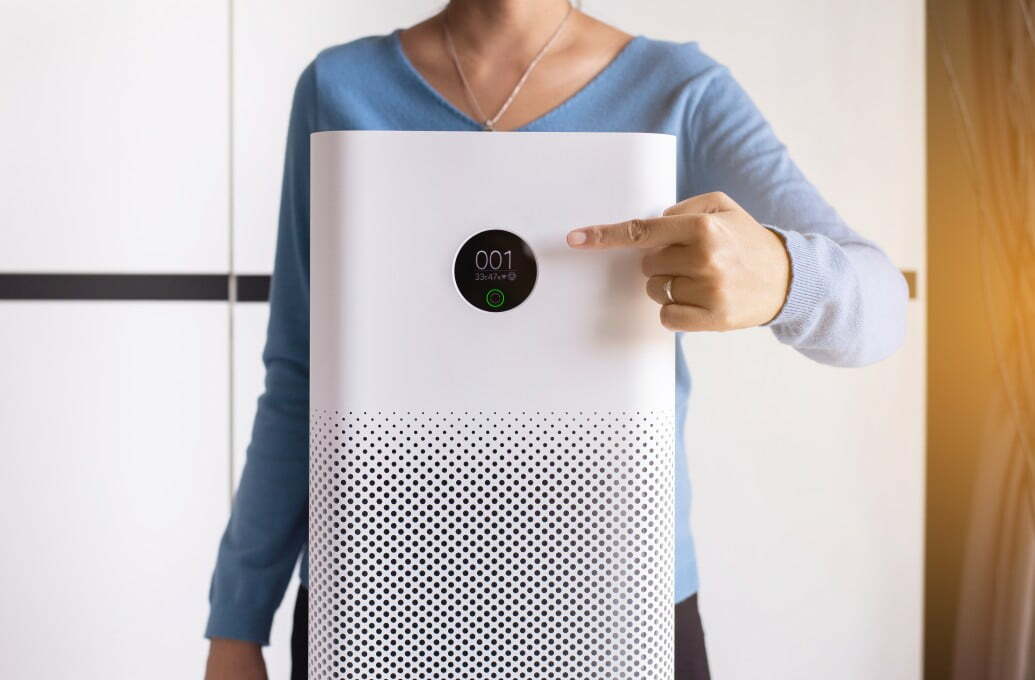
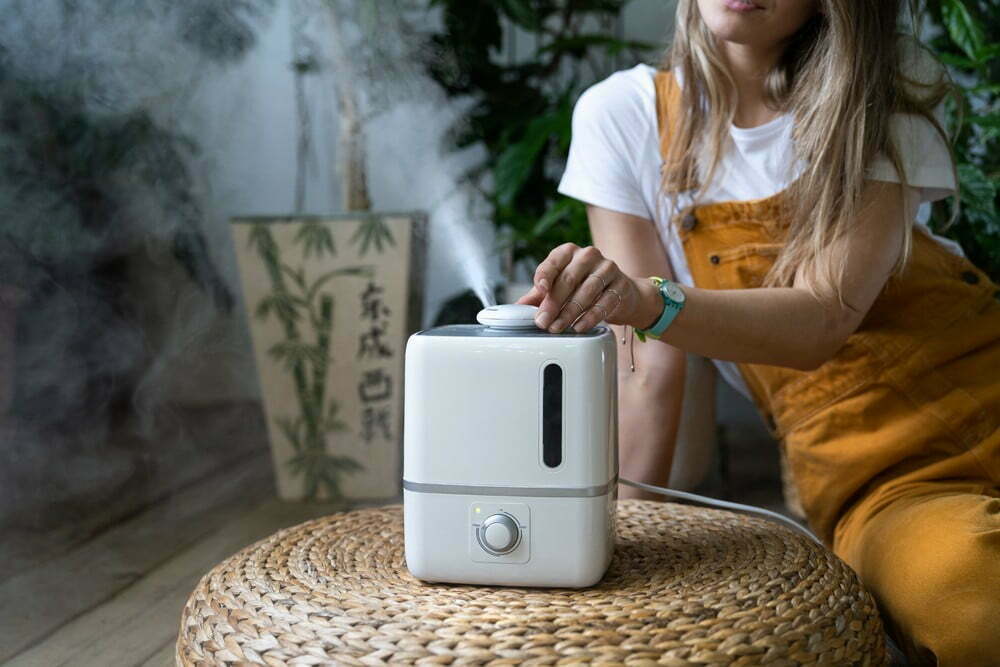


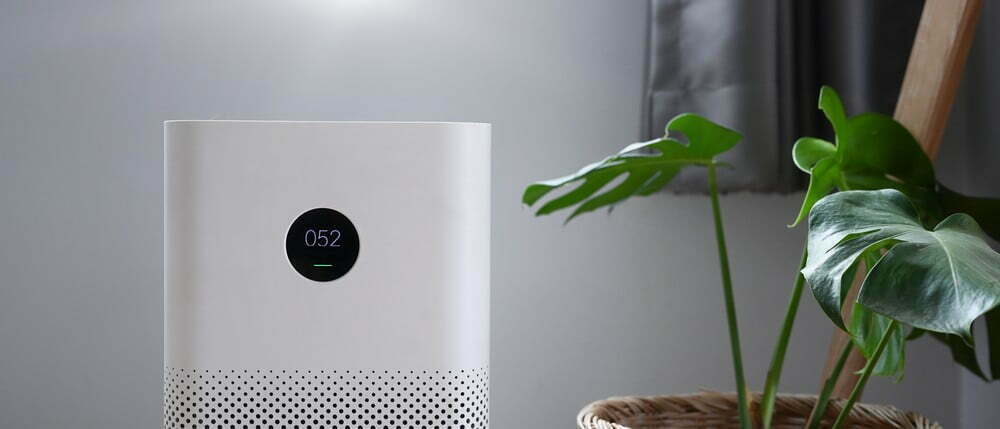
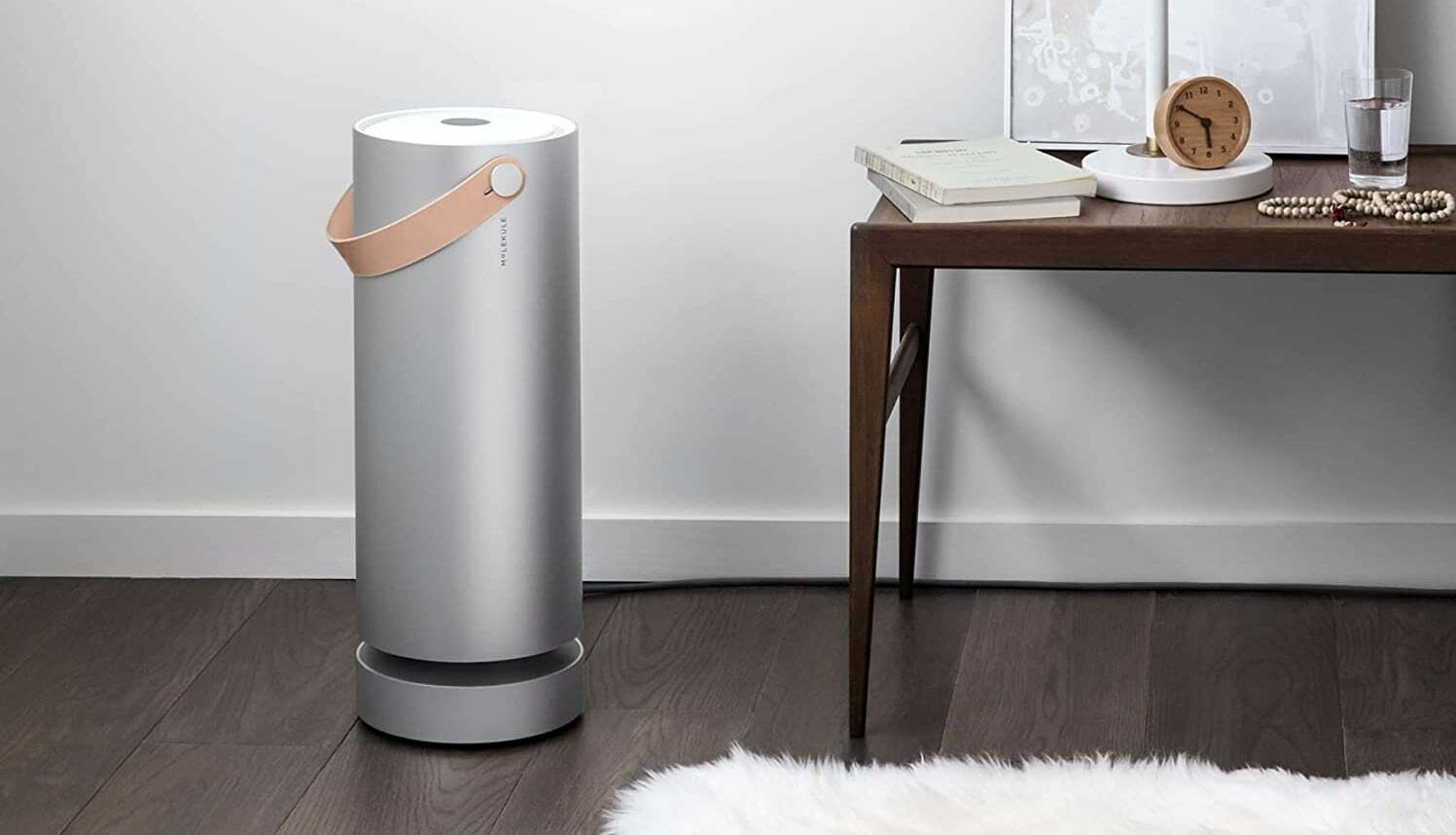
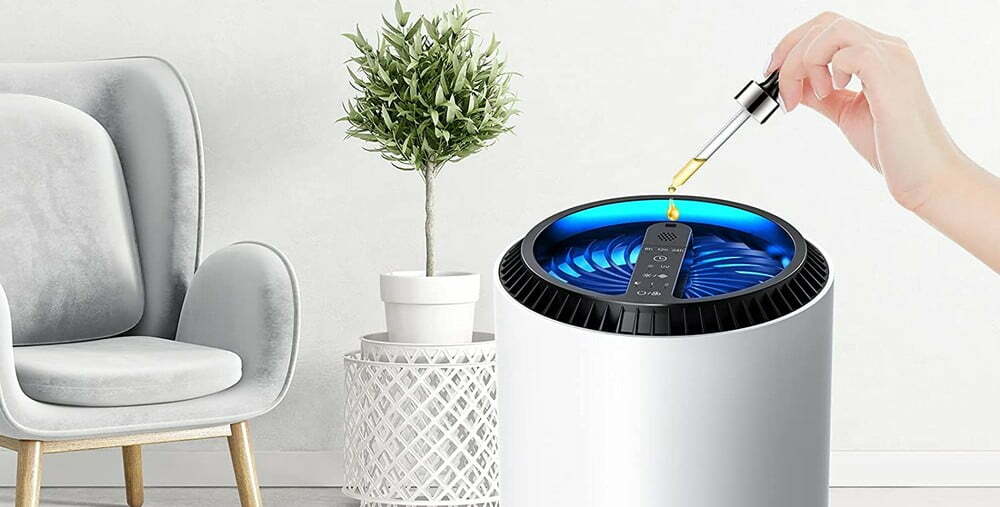
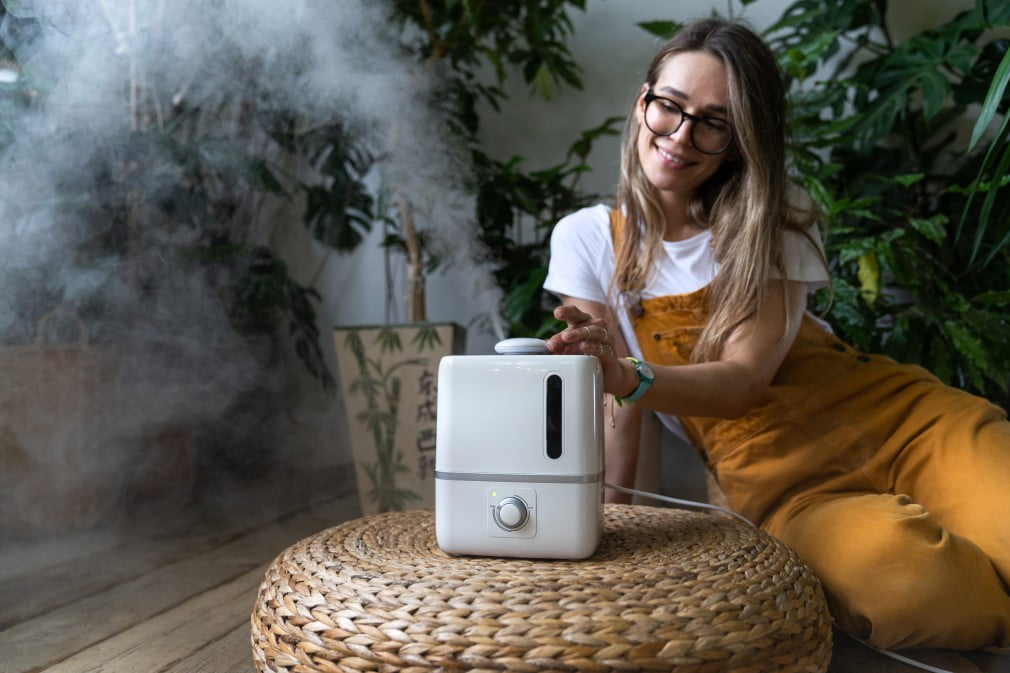
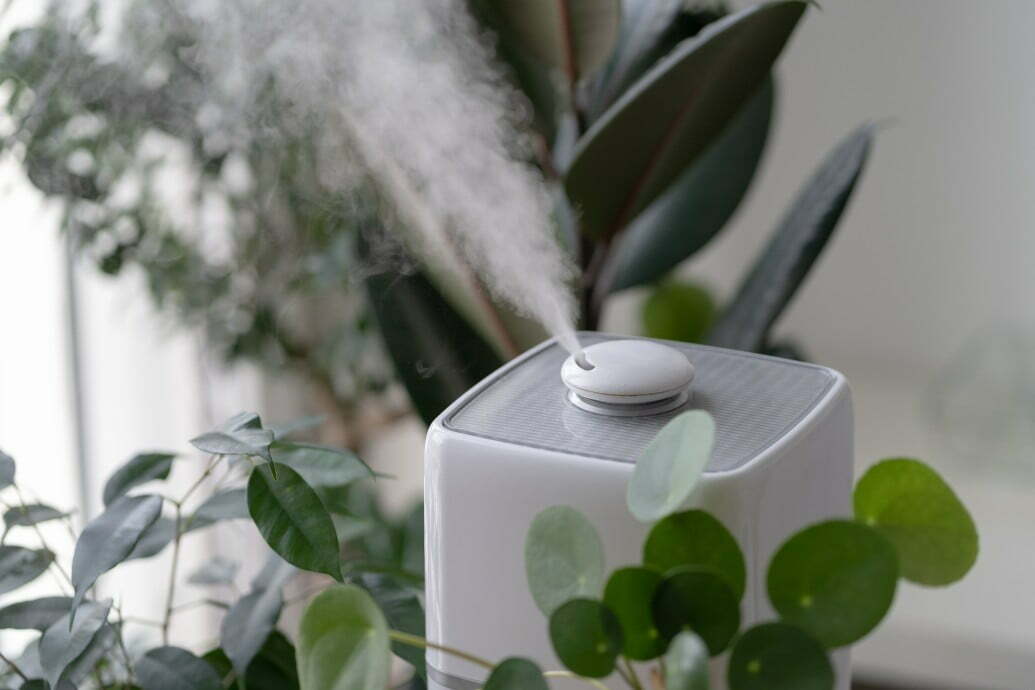
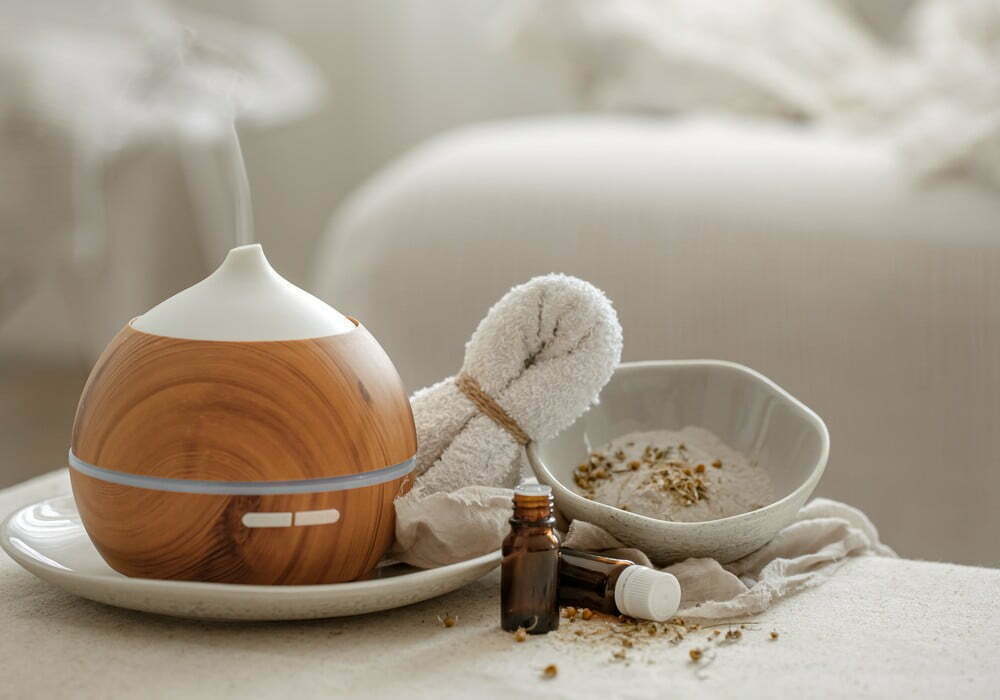
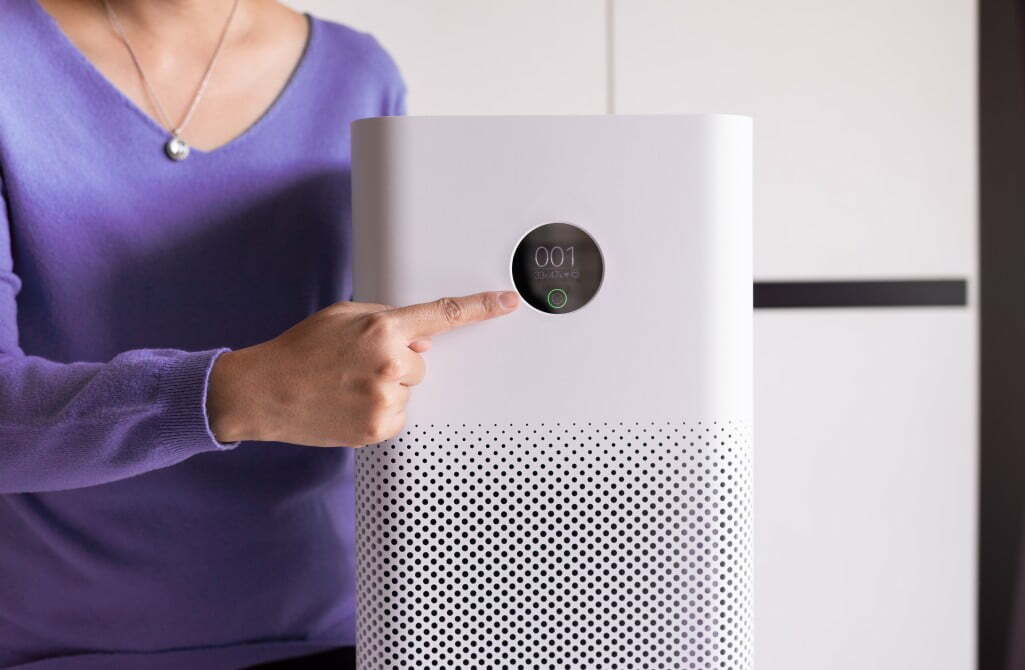
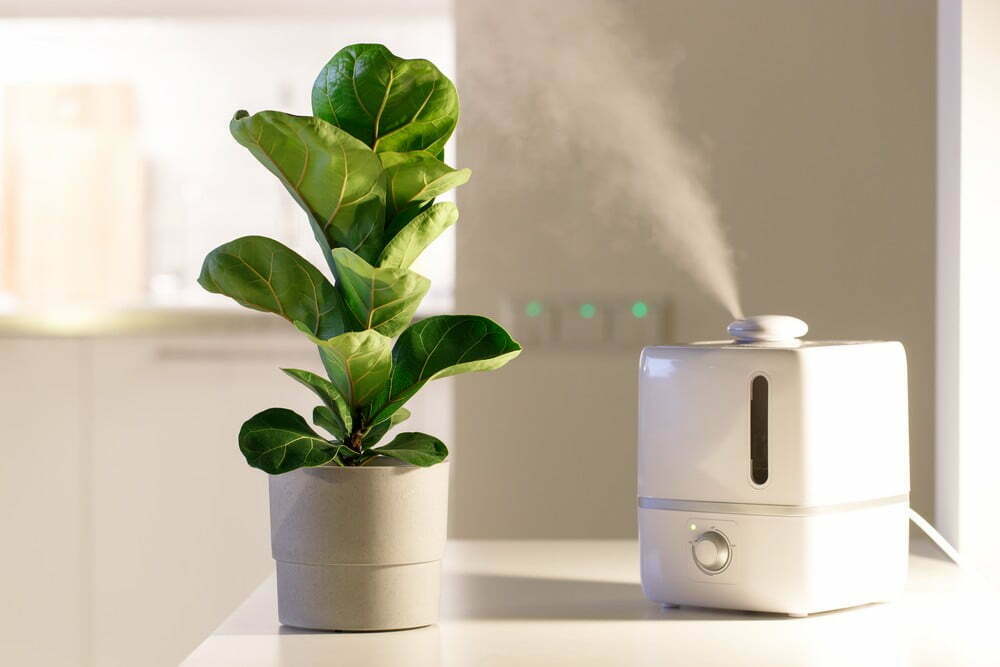

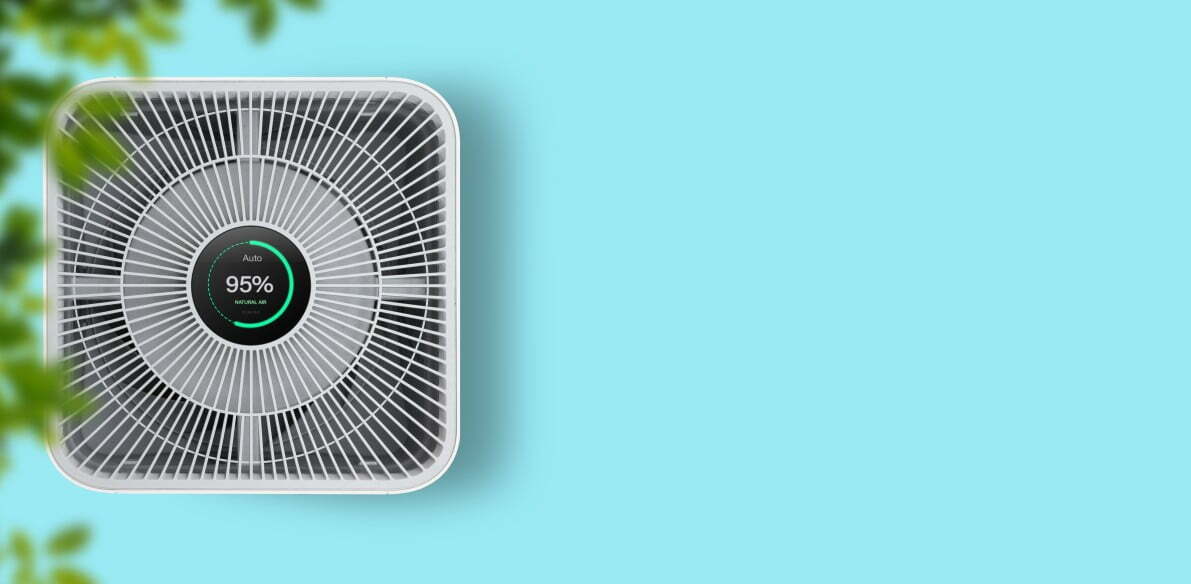
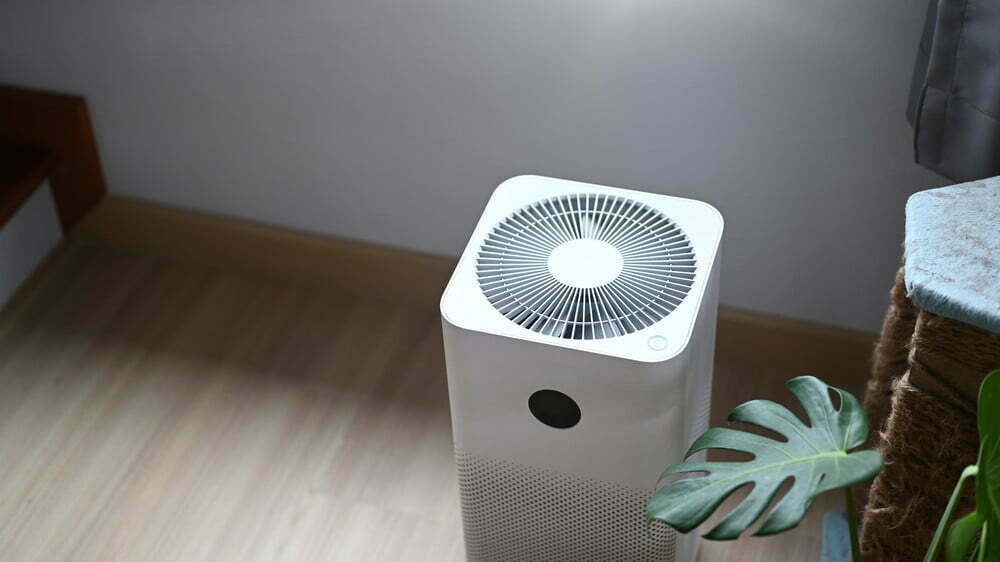
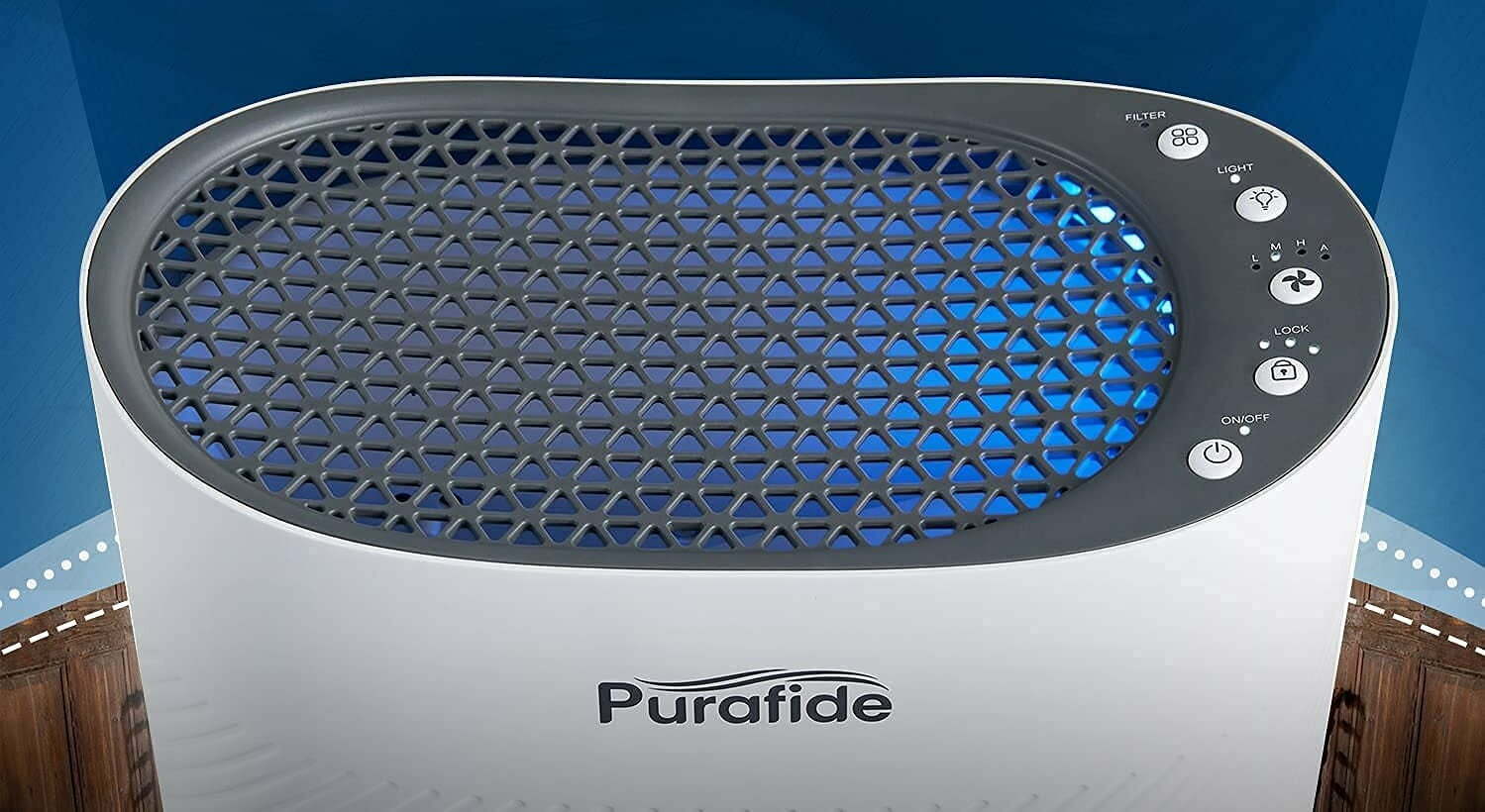
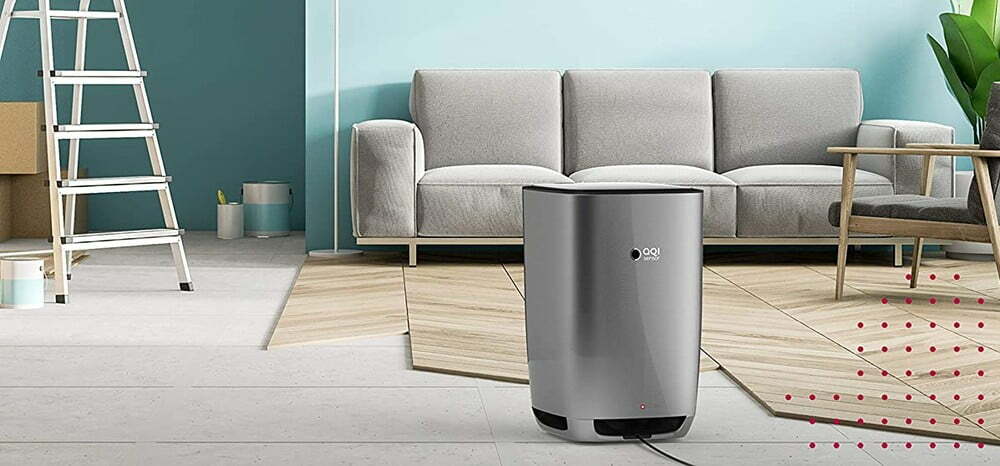
![Best Air Purifiers for VOCs and Formaldehyde in [year] 27 Best Air Purifiers for VOCs and Formaldehyde in 2026](https://www.gadgetreview.dev/wp-content/uploads/best-air-purifier-for-vocs-and-formaldehyde-image.jpg)
![Best Air Purifier in [year] ([month] Reviews) 28 Best Air Purifier in 2026 (January Reviews)](https://www.gadgetreview.dev/wp-content/uploads/Honeywell-True-HEPA-Allergen-Remover-HPA300-e1475603569442.jpg)
![Best Air Purifiers for Dust in [year] 29 Best Air Purifiers for Dust in 2026](https://www.gadgetreview.dev/wp-content/uploads/best-air-purifier-for-dust-image.jpg)
![Best Honeywell Air Purifiers in [year] 30 Best Honeywell Air Purifiers in 2026](https://www.gadgetreview.dev/wp-content/uploads/best-honeywell-air-purifier-image.jpg)
![Best Germicidal Air Purifiers in [year] 31 Best Germicidal Air Purifiers in 2026](https://www.gadgetreview.dev/wp-content/uploads/best-germicidal-air-purifier-image.jpg)
![Best Filterless Air Purifiers in [year] 32 Best Filterless Air Purifiers in 2026](https://www.gadgetreview.dev/wp-content/uploads/best-filterless-air-purifier-image.jpg)
![Best Levoit Air Purifiers in [year] 33 Best Levoit Air Purifiers in 2026](https://www.gadgetreview.dev/wp-content/uploads/best-levoit-air-purifier-image.jpg)
![Best Air Purifiers for Smoking Weed in [year] 34 Best Air Purifiers for Smoking Weed in 2026](https://www.gadgetreview.dev/wp-content/uploads/best-air-purifier-for-smoking-weed-image.jpg)
![Best Quiet Air Purifiers in [year] 35 Best Quiet Air Purifiers in 2026](https://www.gadgetreview.dev/wp-content/uploads/best-quiet-air-purifier-image.jpg)
![Best Desktop Air Purifiers in [year] 36 Best Desktop Air Purifiers in 2026](https://www.gadgetreview.dev/wp-content/uploads/best-desktop-air-purifier.jpg)
![Best Dyson Air Purifiers in [year] 37 Best Dyson Air Purifiers in 2026](https://www.gadgetreview.dev/wp-content/uploads/best-dyson-air-purifier.jpg)
![Best Air Purifiers for Dorm Room in [year] 38 Best Air Purifiers for Dorm Room in 2026](https://www.gadgetreview.dev/wp-content/uploads/air-purifier-for-dorm-room-1.jpg)
![Best Air Purifiers for Office in [year] 39 Best Air Purifiers for Office in 2026](https://www.gadgetreview.dev/wp-content/uploads/best-air-purifier-for-office.jpg)
![Best Air Purifiers for Basement in [year] 40 Best Air Purifiers for Basement in 2026](https://www.gadgetreview.dev/wp-content/uploads/best-air-purifier-for-basement.jpg)
![Best Air Purifiers For Odor in [year] 41 Best Air Purifiers For Odor in 2026](https://www.gadgetreview.dev/wp-content/uploads/best-air-purifier-odor.jpg)
![10 Best Personal Air Purifiers in [year] 42 10 Best Personal Air Purifiers in 2026](https://www.gadgetreview.dev/wp-content/uploads/best-personal-air-purifiers.jpg)
![10 Best Plug In Air Purifiers in [year] 43 10 Best Plug In Air Purifiers in 2026](https://www.gadgetreview.dev/wp-content/uploads/best-plug-in-air-purifier-image.jpg)
![10 Best Whole House Air Purifiers in [year] 44 10 Best Whole House Air Purifiers in 2026](https://www.gadgetreview.dev/wp-content/uploads/best-whole-house-air-purifier-image.jpg)
![10 Best Large Room Air Purifiers in [year] 45 10 Best Large Room Air Purifiers in 2026](https://www.gadgetreview.dev/wp-content/uploads/Coway-Airmega-200M-Large-Room-Air-Purifier-900x900-1.png)
![10 Best UV Air Purifiers in [year] 46 10 Best UV Air Purifiers in 2026](https://www.gadgetreview.dev/wp-content/uploads/best-uv-air-purifier.jpg)
